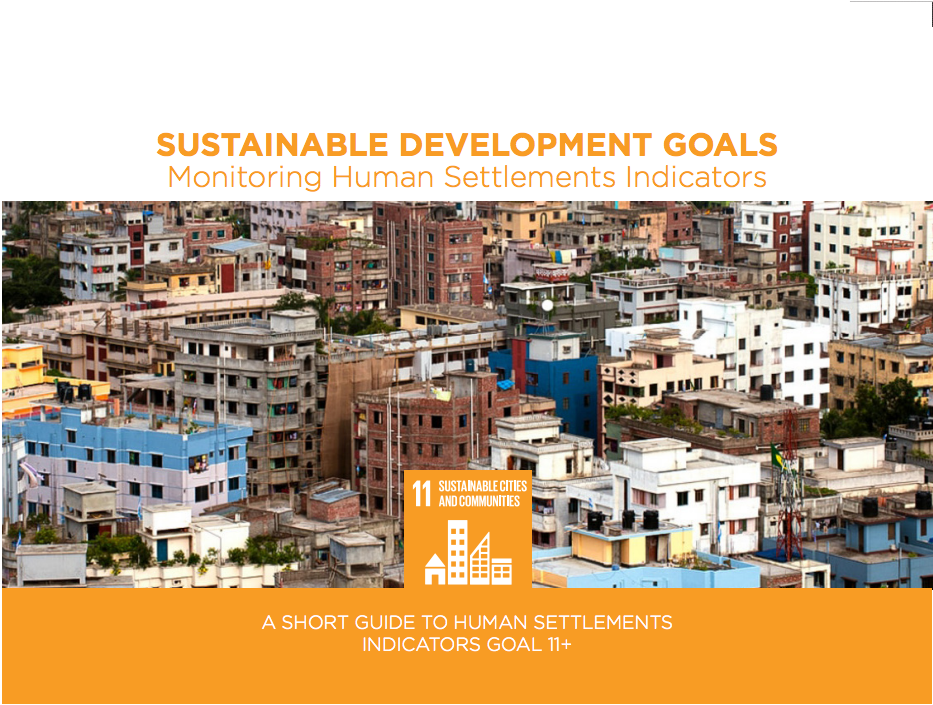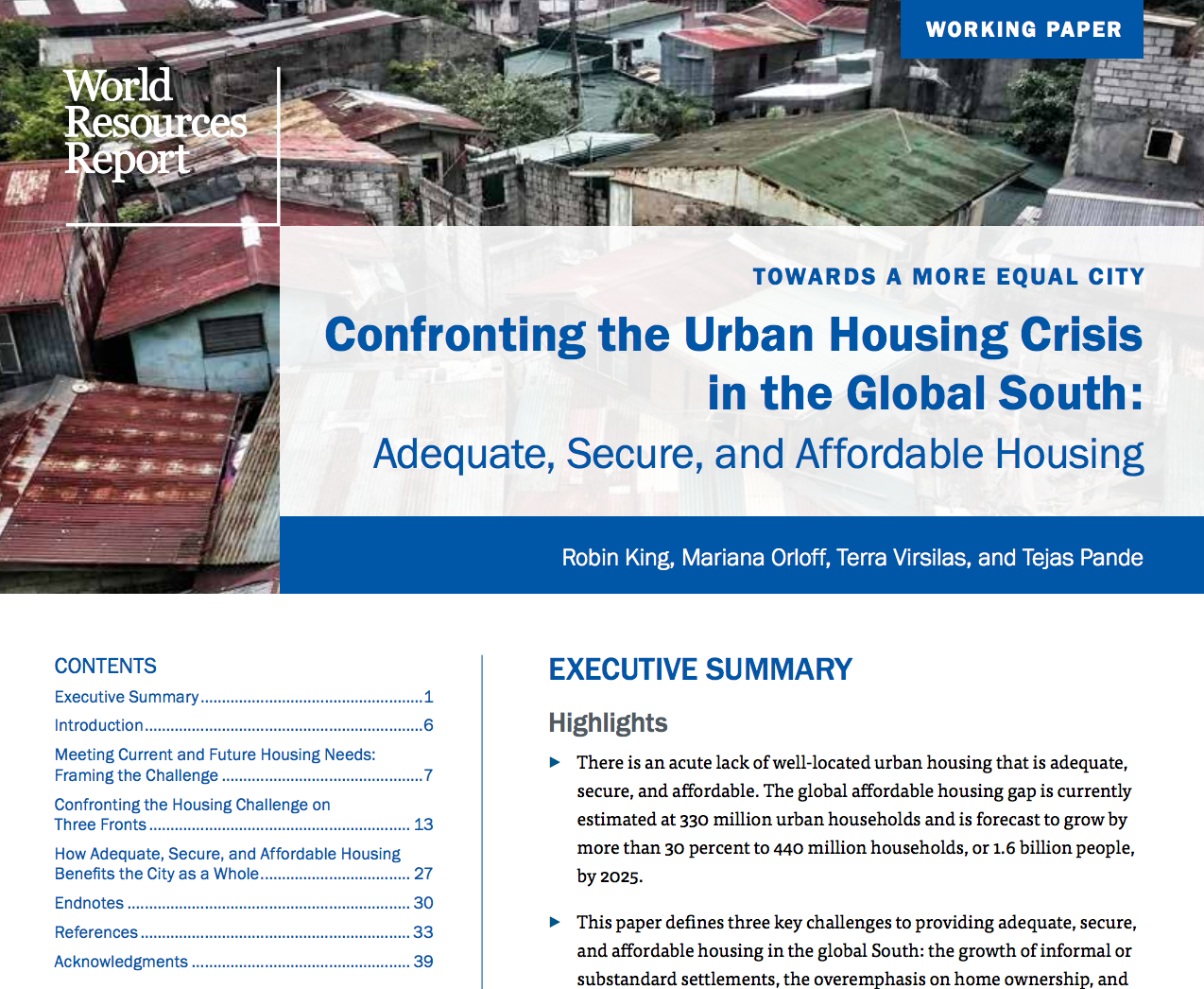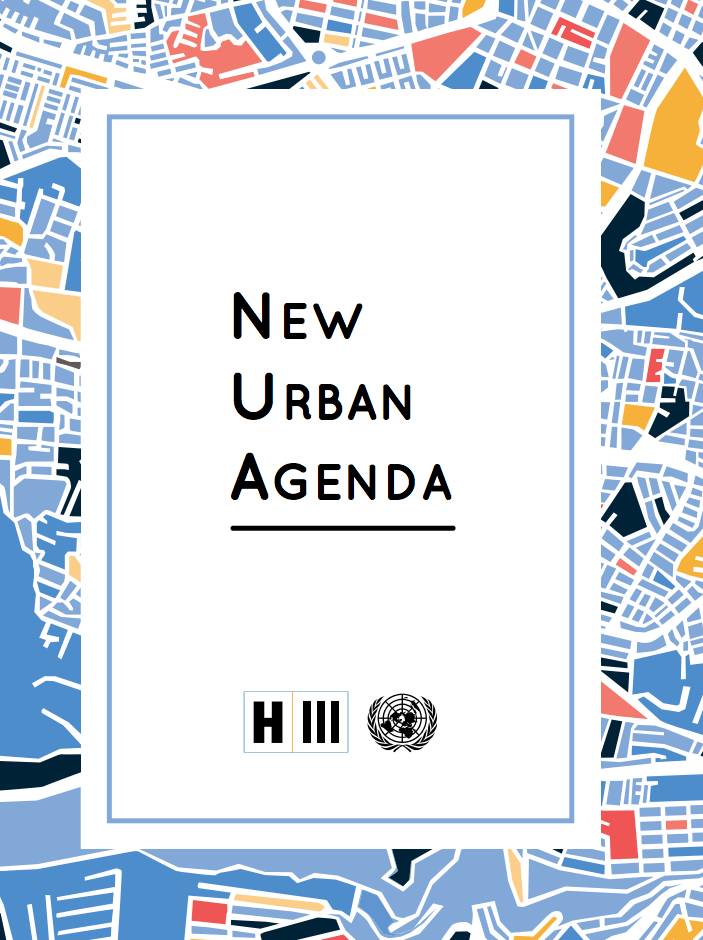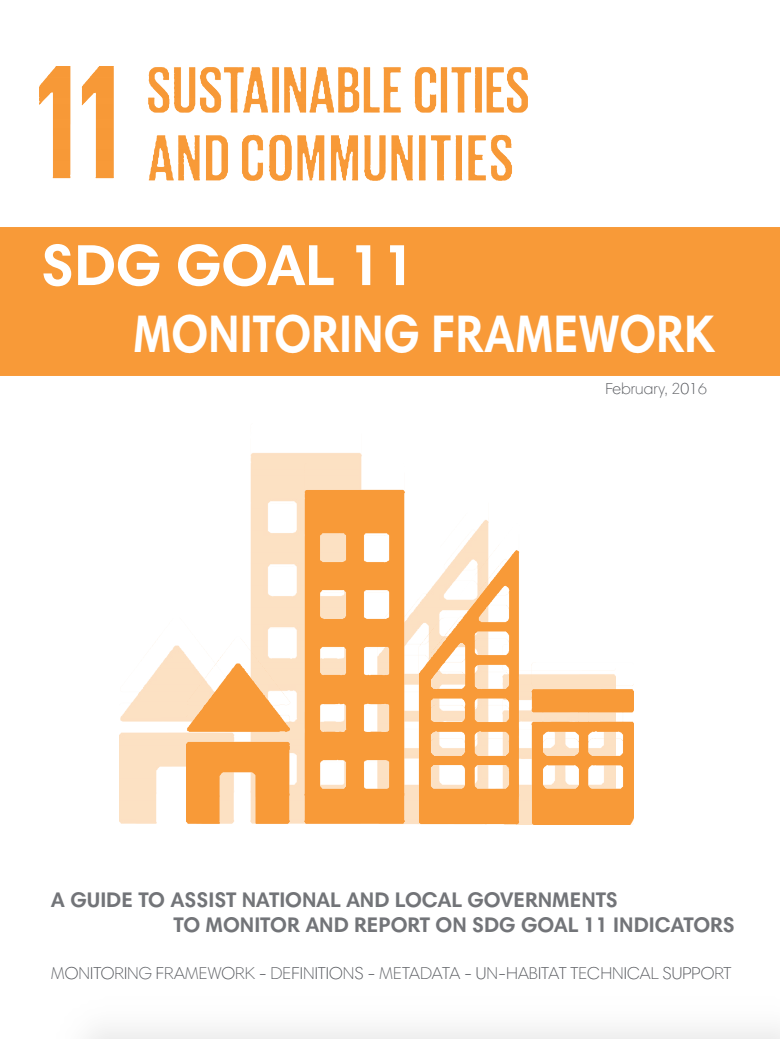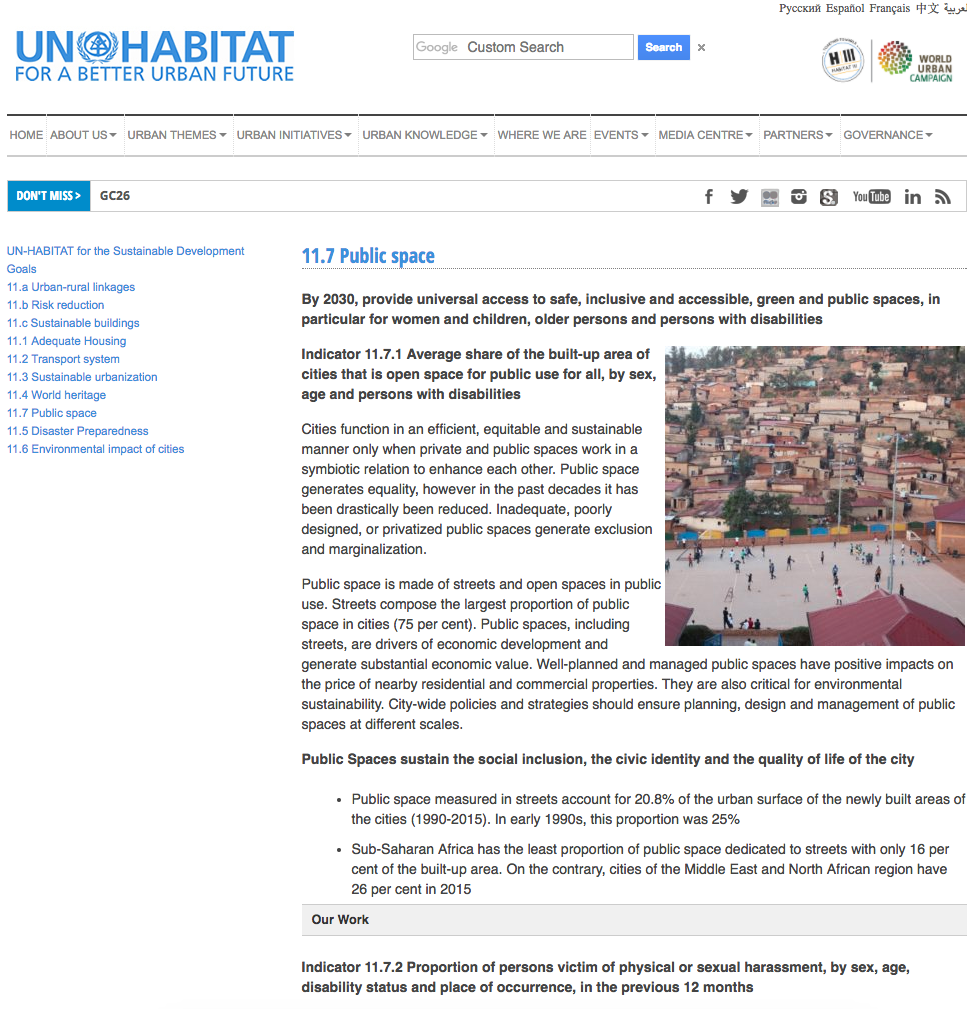Development of a Concept for Non-monetary Assessment of Urban Ecosystem Services at the Site Level
Determining the performance of ecosystem services at the city or regional level cannot accurately take into account the fine differences between green or gray structures. The supply of regulating ecosystem services in, for instance, parks can differ as parks vary in their land cover composition. A comprehensive ecosystem service assessment approach also needs to reflect land use to consider the demands placed on ecosystem services, which are mostly neglected by current research yet important for urban planning.


